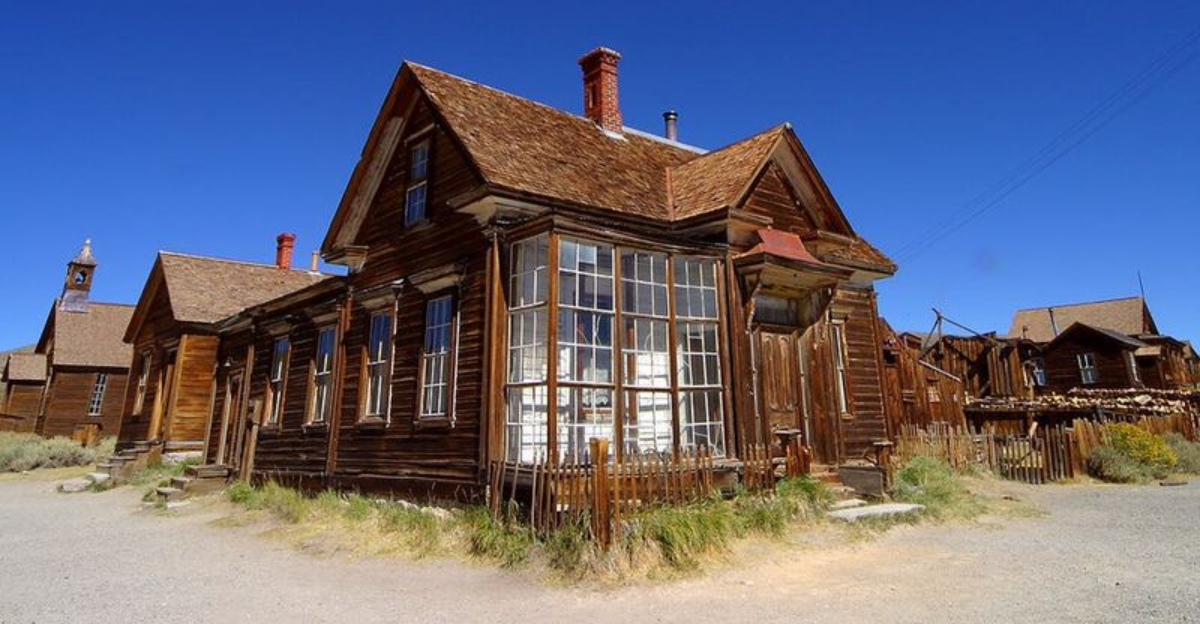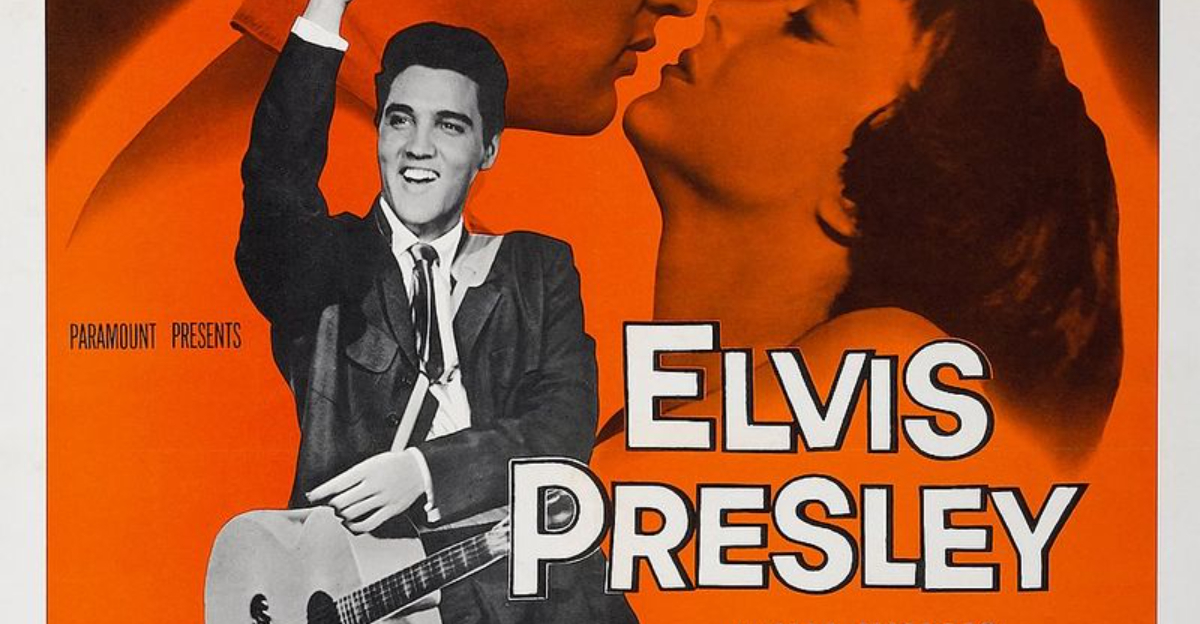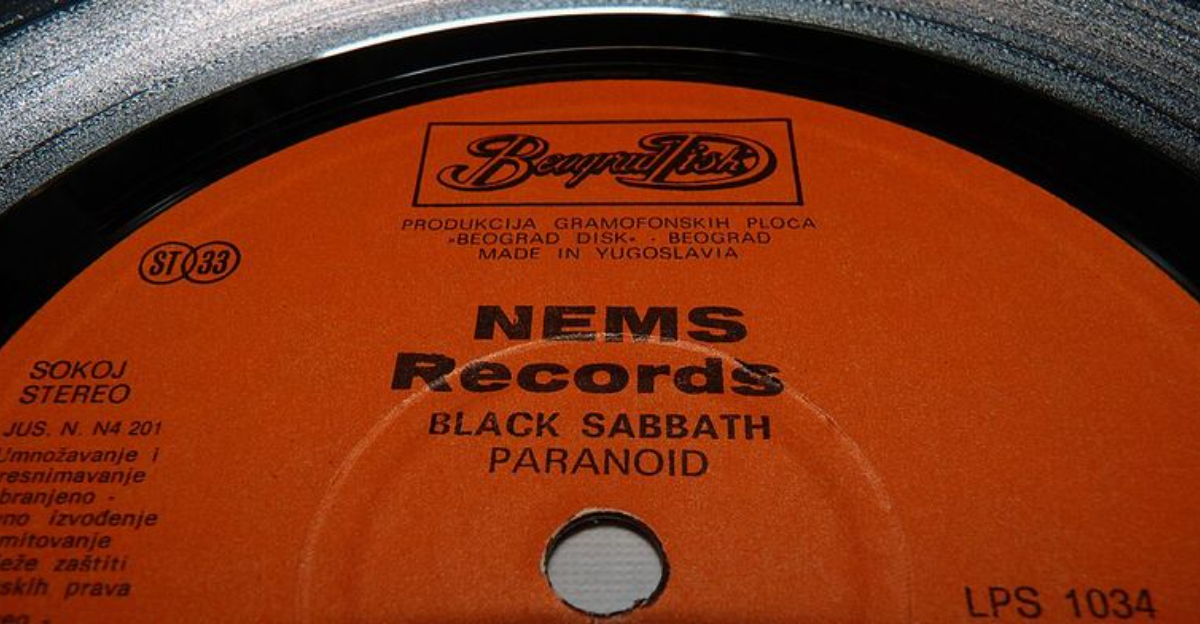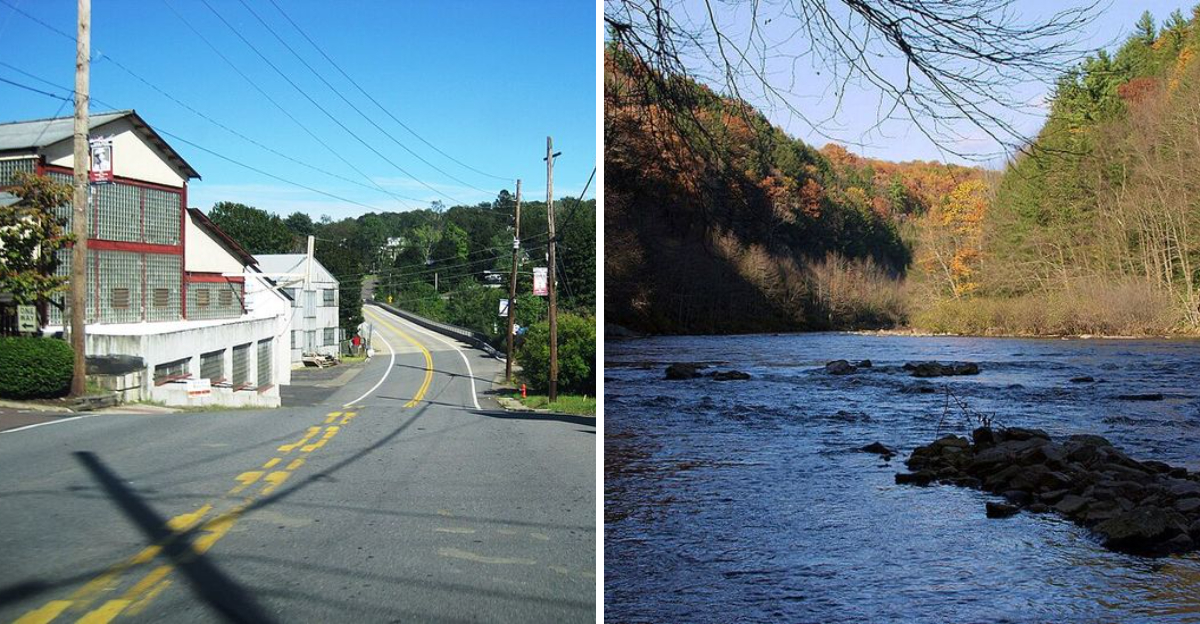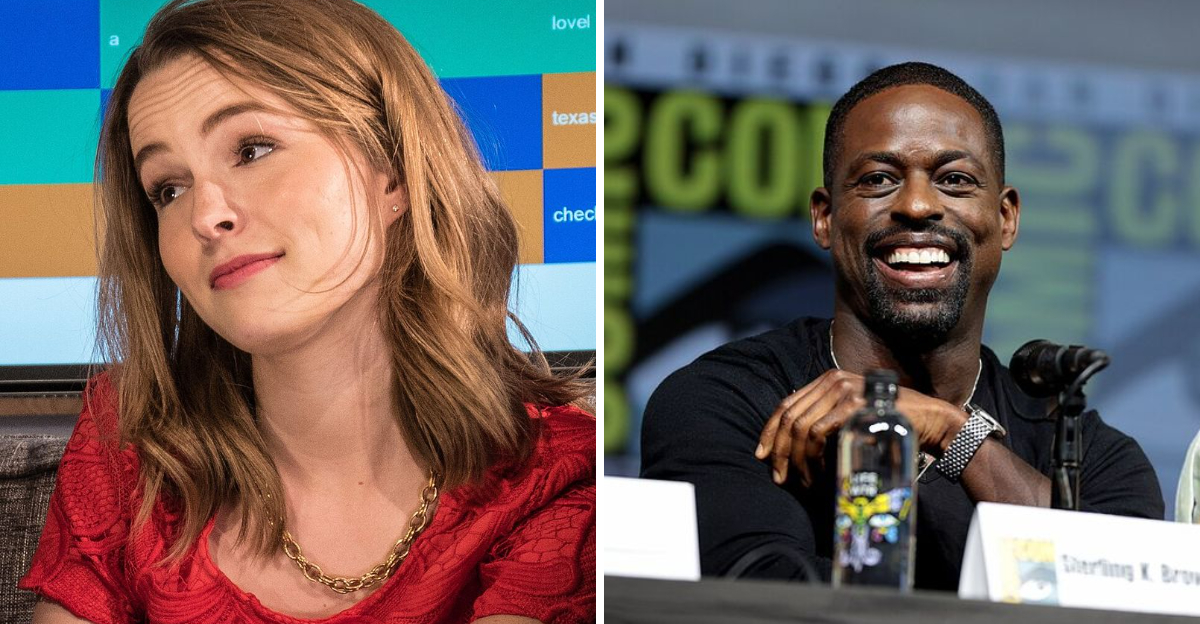9 Classic Horror Films So Unnerving You’ll Sleep With The Lights On
Horror movies have been scaring audiences for decades, but some films go beyond simple jump scares.
Certain classics dig deep into your mind, leaving you uncomfortable long after the credits roll.
Whether you’re a seasoned horror fan or just curious about what makes people scream, get ready to discover the films that changed scary movies forever.
1. The Exorcist (1973)
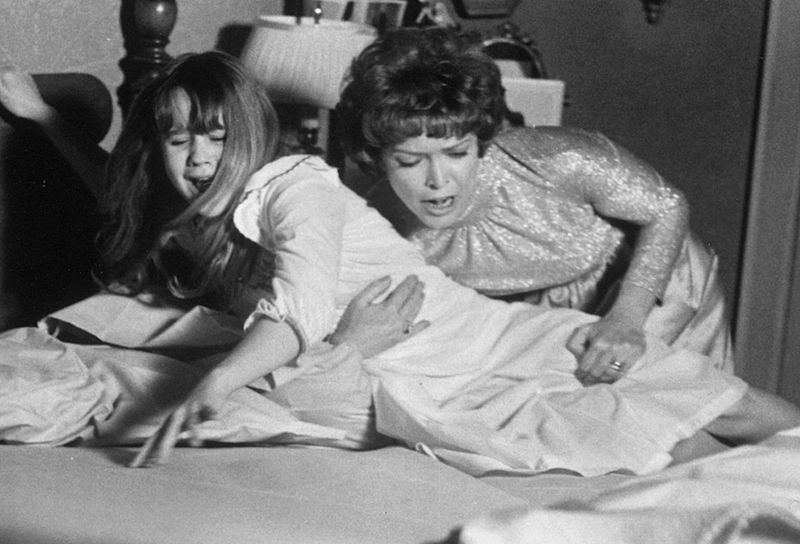
When a young girl named Regan starts acting strangely, her mother never imagines demonic possession could be the cause. Director William Friedkin created something truly disturbing that shocked 1970s audiences and still holds up today.
Watching Regan’s transformation remains deeply unsettling, with practical effects that look shockingly real. You’ll find yourself checking dark corners of your room after witnessing what happens during the exorcism scenes.
2. Psycho (1960)
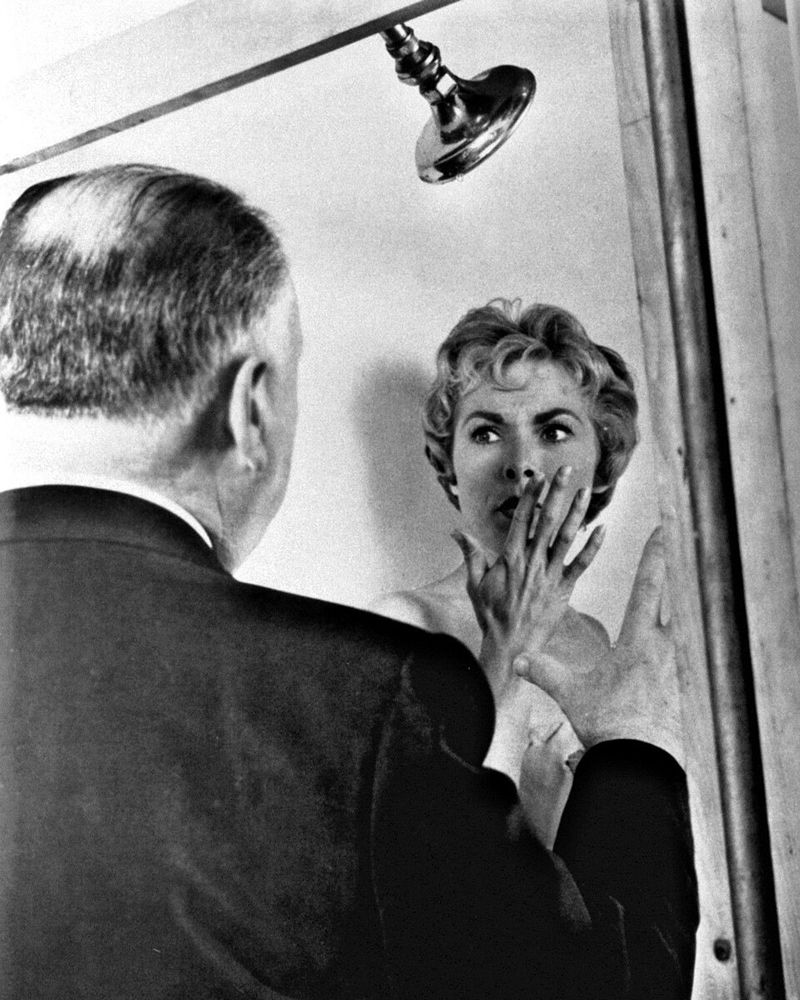
Alfred Hitchcock revolutionized cinema by killing off his main character halfway through the film. Nobody expected the shocking shower scene that made audiences afraid of motels forever.
Norman Bates became one of cinema’s most memorable villains, proving that quiet, polite people can hide terrifying secrets. Bernard Herrmann’s screeching violin score still makes people nervous about taking showers alone.
3. The Shining (1980)
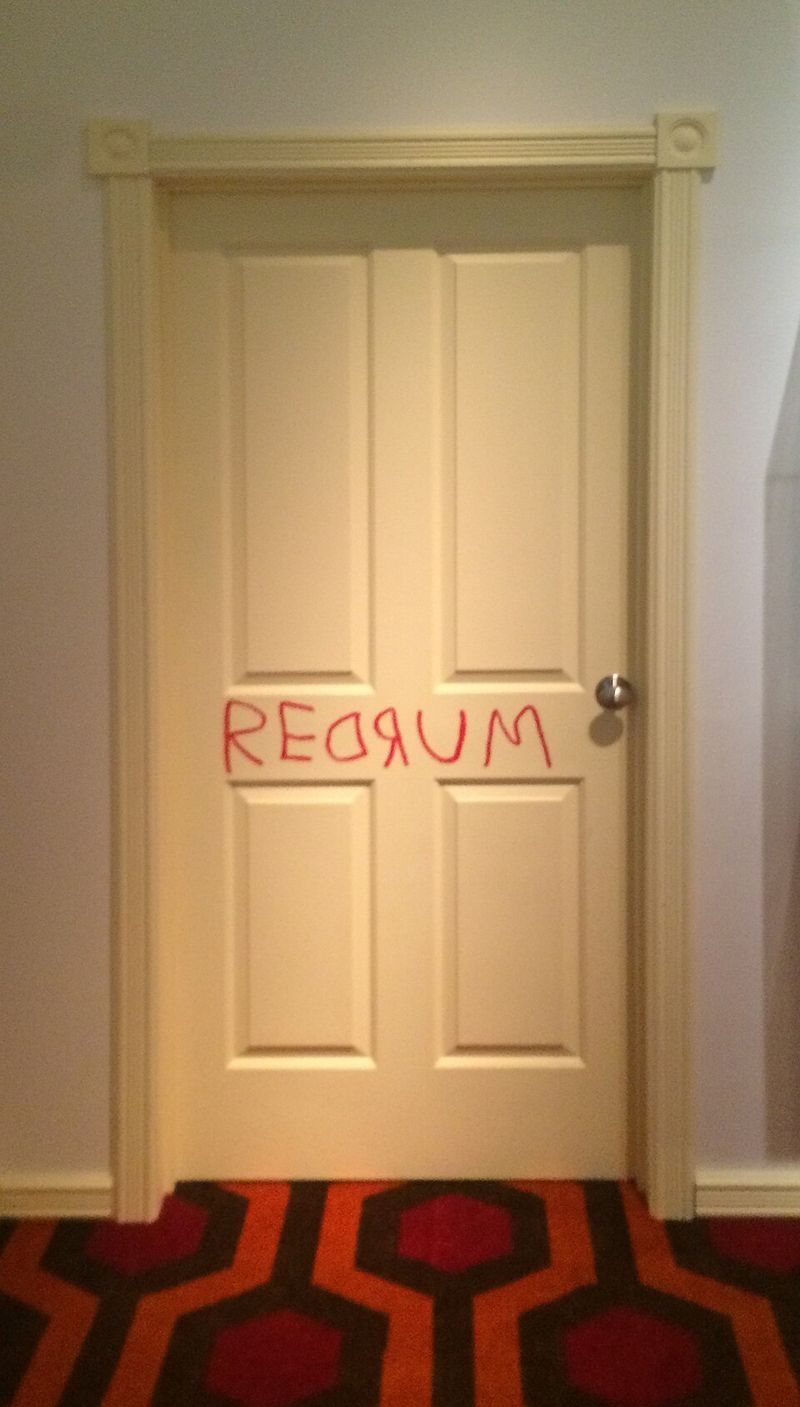
Stanley Kubrick transformed Stephen King’s novel into a visual nightmare set inside the Overlook Hotel. Jack Nicholson delivers an iconic performance as a writer slowly losing his grip on reality during a snowbound winter.
Room 237, creepy twins, and an endless maze create an atmosphere of dread that builds relentlessly. Isolation and madness blend together perfectly, making you question what’s real.
4. Rosemary’s Baby (1968)
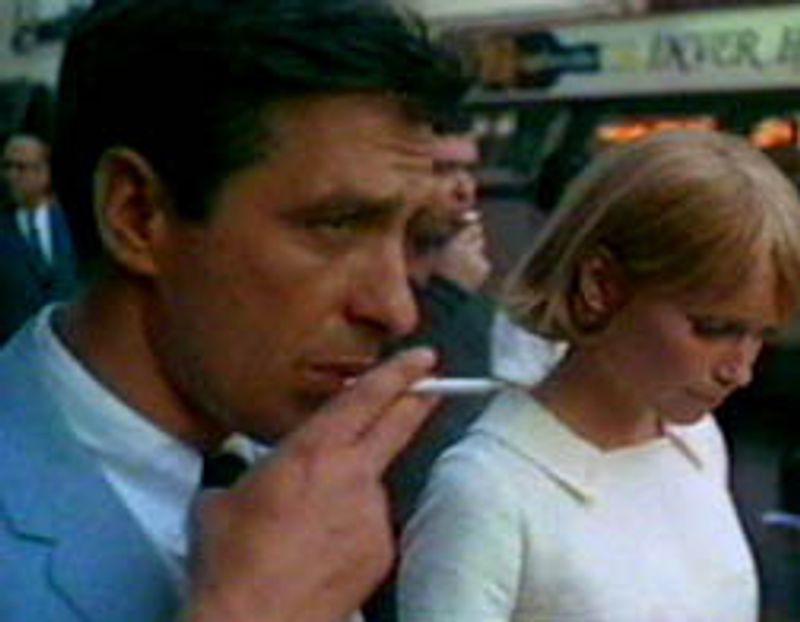
Roman Polanski crafted a slow-burn nightmare about pregnancy, paranoia, and suspicious neighbors. Mia Farrow plays Rosemary, a young wife who begins suspecting her husband made a terrible deal involving her unborn child.
Watching Rosemary’s situation grow more desperate while everyone dismisses her concerns creates genuine anxiety. The film’s ambiguity about what’s real makes it even more disturbing.
5. The Texas Chain Saw Massacre (1974)
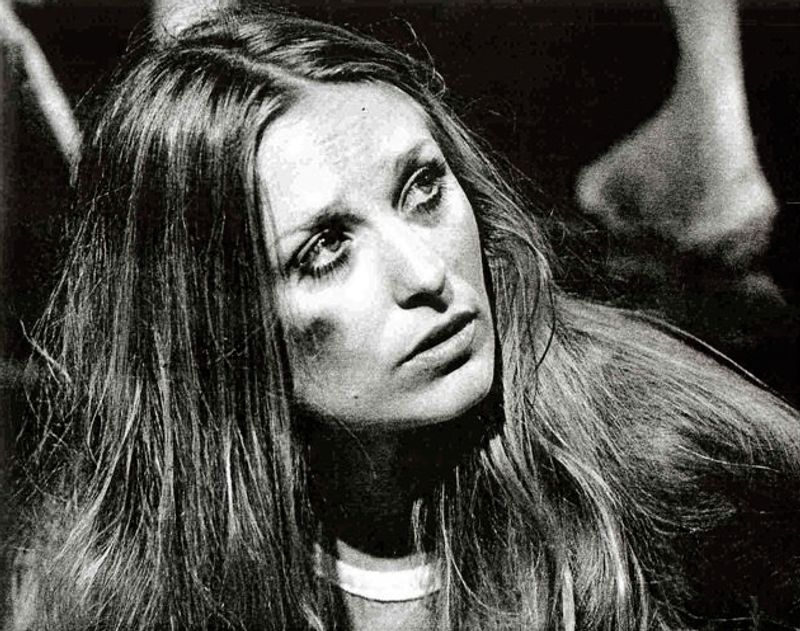
Tobe Hooper created something raw and brutal that feels uncomfortably real despite its low budget. A group of friends encounters a family of cannibals in rural Texas, leading to relentless terror.
Leatherface and his chainsaw became horror icons, but the film’s documentary-style approach makes everything feel disturbingly plausible. Grainy footage and intense sound design create an experience you won’t forget.
6. The Silence of the Lambs (1991)
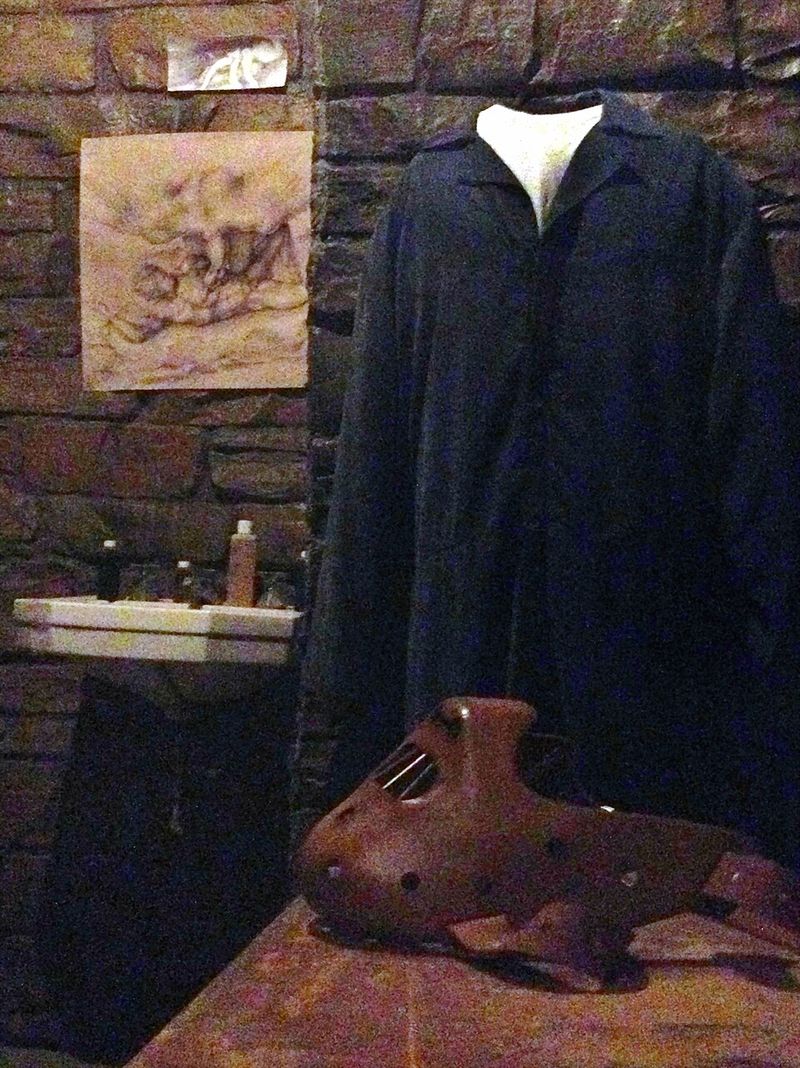
Jonathan Demme created a psychological thriller that swept the Oscars while terrifying audiences worldwide. FBI trainee Clarice Starling must gain insights from imprisoned cannibal Dr. Hannibal Lecter to catch another serial killer.
Anthony Hopkins’ chilling performance as Lecter redefined screen villains with intelligence and sophistication. Buffalo Bill’s basement scenes remain some of cinema’s most nerve-wracking moments ever filmed.
7. Night of the Living Dead (1968)
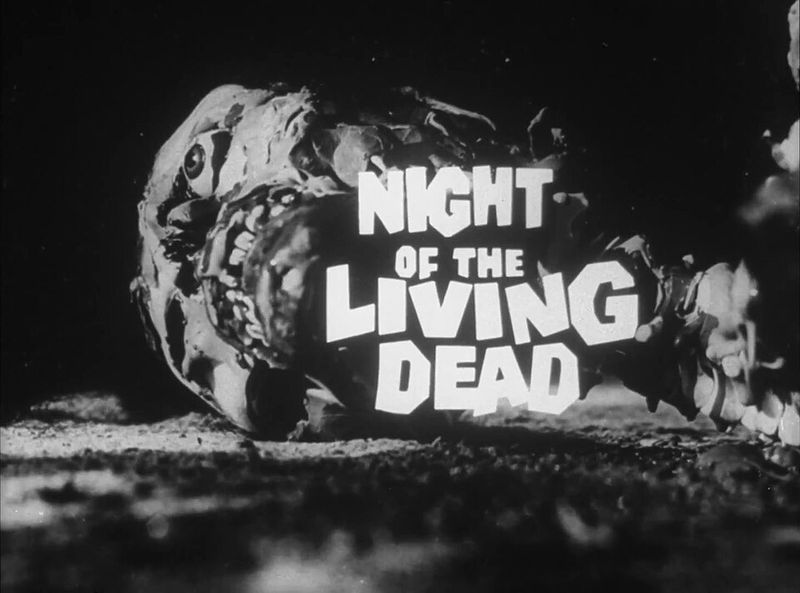
George Romero invented the modern zombie genre with this low-budget masterpiece shot in black and white. Strangers trapped in a farmhouse must survive waves of undead creatures while tensions rise among the living.
The film’s bleak ending shocked audiences and broke Hollywood conventions. Romero’s zombies became templates for countless imitators, establishing rules that zombie stories still follow today.
8. Suspiria (1977)
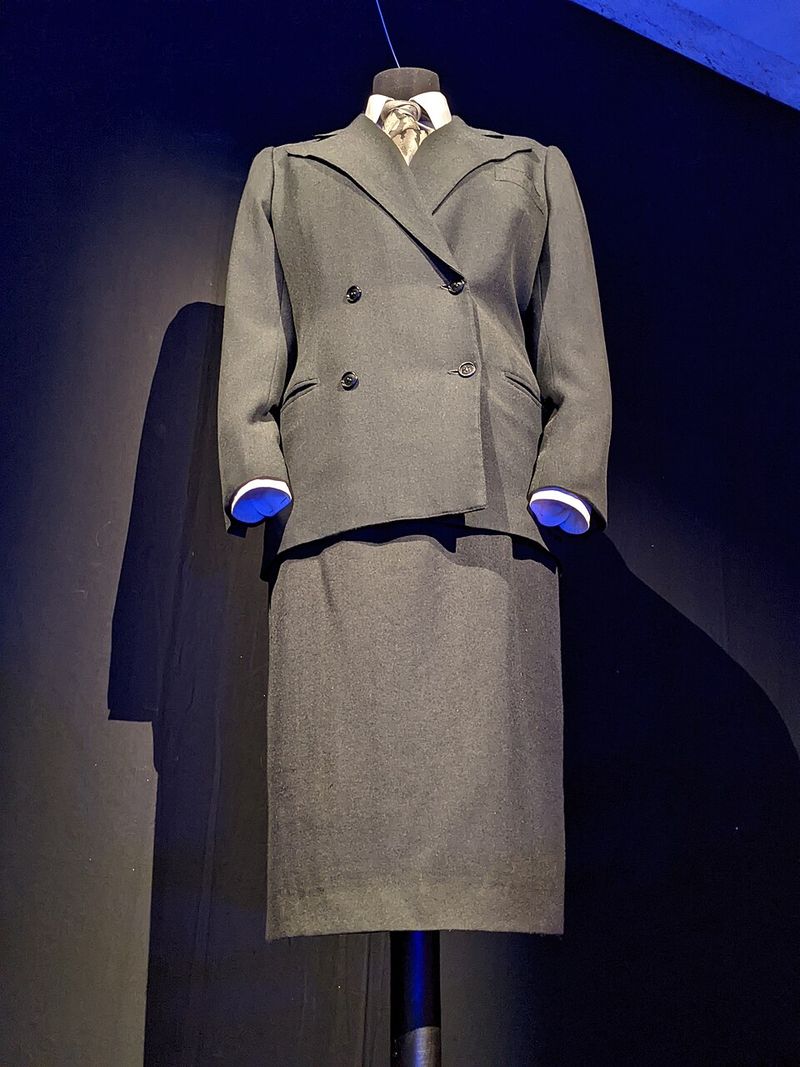
Dario Argento’s Italian masterpiece overwhelms your senses with vivid colors and a haunting score by Goblin. An American ballet student arrives at a prestigious European academy only to discover it hides a coven of witches.
Saturated primary colors and elaborate death scenes create a dreamlike nightmare that feels more like art than traditional horror. The opening murder sequence remains one of horror cinema’s most elaborate kills.
9. Halloween (1978)
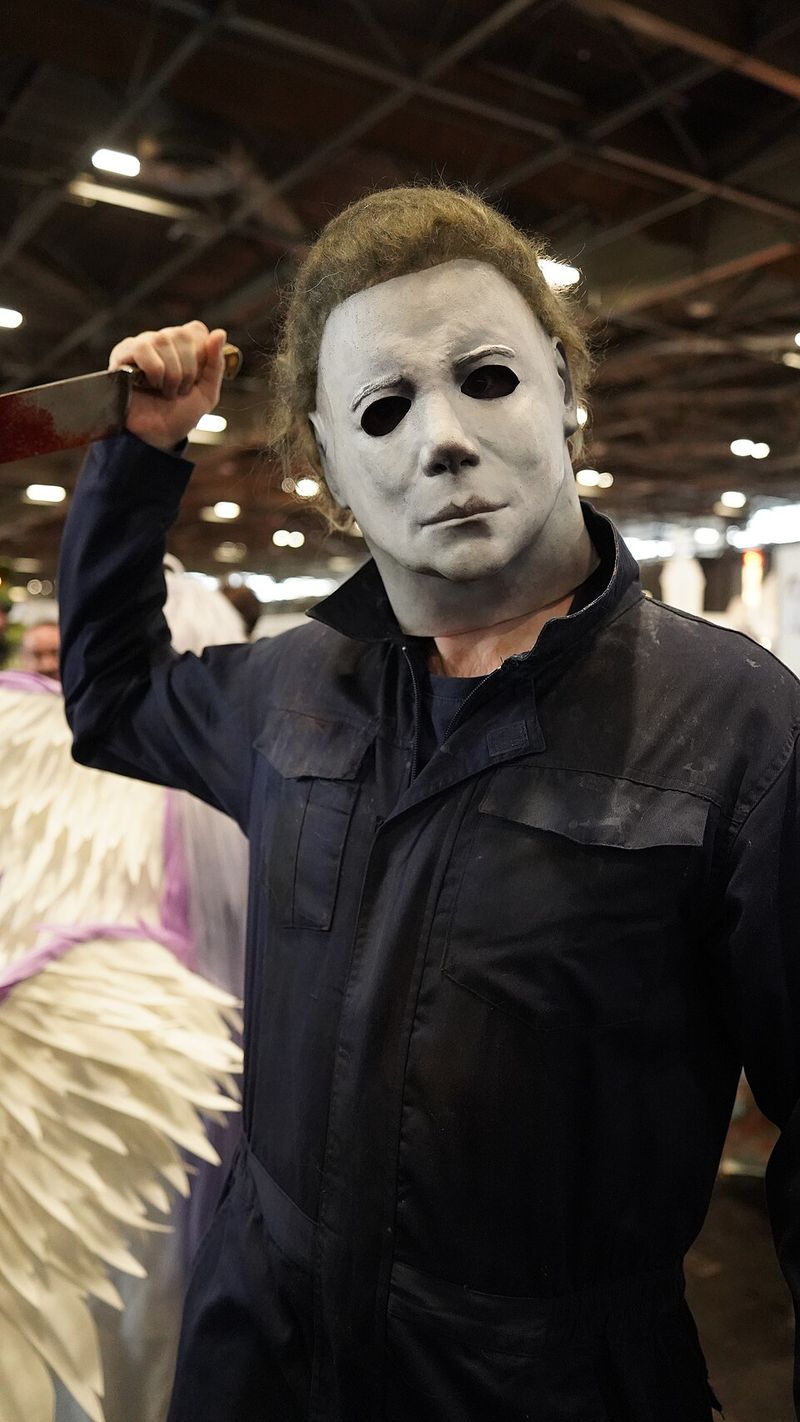
John Carpenter created the ultimate slasher film with Halloween, introducing Michael Myers, a masked killer who escapes from a mental hospital and returns to his hometown on Halloween night. His emotionless white mask and slow, relentless pursuit of victims created a template that countless horror films would copy.
Jamie Lee Curtis stars as Laurie Strode, a babysitter who becomes Michael’s main target for reasons that seem completely random. The film’s genius lies in its simplicity—no complicated backstory, just pure evil stalking innocent people.
Carpenter’s haunting musical score, which he composed himself, adds layers of dread to every scene. The film proves you don’t need gore or special effects when you have genuine suspense and a villain who feels unstoppable.

